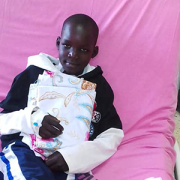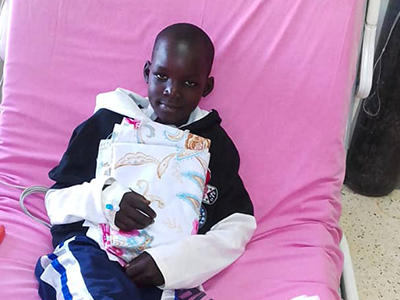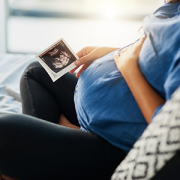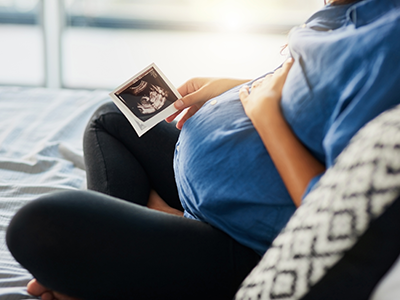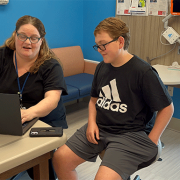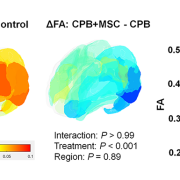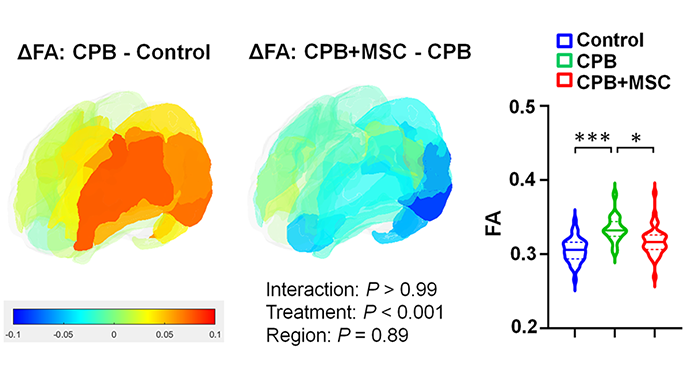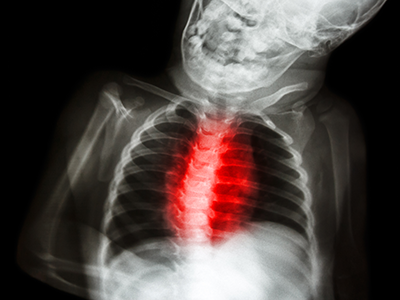Wayne J. Franklin, M.D., F.A.C.C., named senior vice president of Children’s National Heart Center

Dr. Franklin will oversee the full spectrum of heart care services including cardiac imaging and diagnostics, interventional cardiology, electrophysiology, cardiac anesthesia, cardiac surgery and cardiac intensive care.
Children’s National Hospital has appointed Wayne J. Franklin, M.D., F.A.C.C., as the new senior vice president (SVP) of the Children’s National Heart Center. In this role, Dr. Franklin will oversee the full spectrum of heart care services including cardiac imaging and diagnostics, interventional cardiology, electrophysiology, cardiac anesthesia, cardiac surgery and cardiac intensive care. He joins us from Phoenix Children’s in Arizona and starts June 2024.
Dr. Franklin currently serves as co-director, medical director of Quality and endowed chair in the Center for Heart Care and associate director of the Adult Congenital Heart Disease Program at Phoenix Children’s. He’s also a professor of Child Health, Medicine, and Obstetrics and Gynecology at the University of Arizona College of Medicine – Phoenix.
Dr. Franklin is involved with research focused on adults with congenital heart disease, specifically single ventricle-Fontan physiology, neurocognitive outcomes, pulmonary hypertension, cardiac disease in pregnancy and transition medicine. After a national search, he stood out for his clinical and research accomplishments, as well as his demonstrated ability as a visionary leader and mentor.
“I look forward to leading the exceptional Heart Center team at Children’s National, as we contribute to advancing pediatric cardiac care and research,” said Dr. Franklin. “There is a clear dedication to clinical excellence and innovation, and together we’ll continue to advance the field and make a lasting impact on the lives of the children and families we serve.”
Dr. Franklin is a graduate of Williams College in Williamstown, MA, and UCLA School of Medicine. He completed his residency training in internal medicine and pediatrics at Duke University. He then completed two simultaneous fellowships in adult cardiology and pediatric cardiology at St. Luke’s/Texas Heart Institute and at Baylor College of Medicine/Texas Children’s Hospital in Houston.
“Dr. Franklin brings a wealth of expertise and steadfast leadership that will undoubtedly strengthen the foundation of our cardiac program,” said David Wessel, M.D., executive vice president, chief medical officer and physician-in-chief at Children’s National. “Together with our Heart Center leadership team, he will ensure we’re meeting the highest standards of safety, quality and innovative care for our patients and families.”
The Children’s National Heart Center is a multidisciplinary center that provides high-quality and innovative pediatric cardiac care. In his role as SVP, Dr. Franklin will lead our Heart Center to new heights in pediatric heart care, innovation and education, working together with Yves d’Udekem, M.D., Ph.D., chief of the Division of Cardiac Surgery, Ricardo Muñoz, M.D., chief of the Division of Cardiac Critical Care Medicine and Andrew Waberski, M.D., director of Pediatric Cardiac Anesthesia.



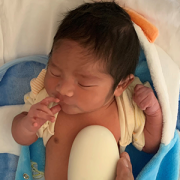
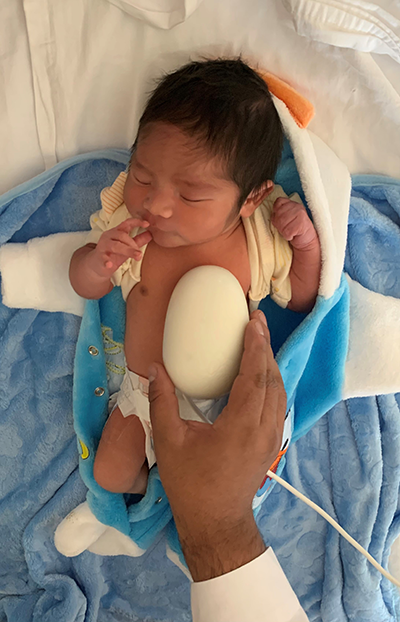
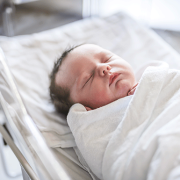

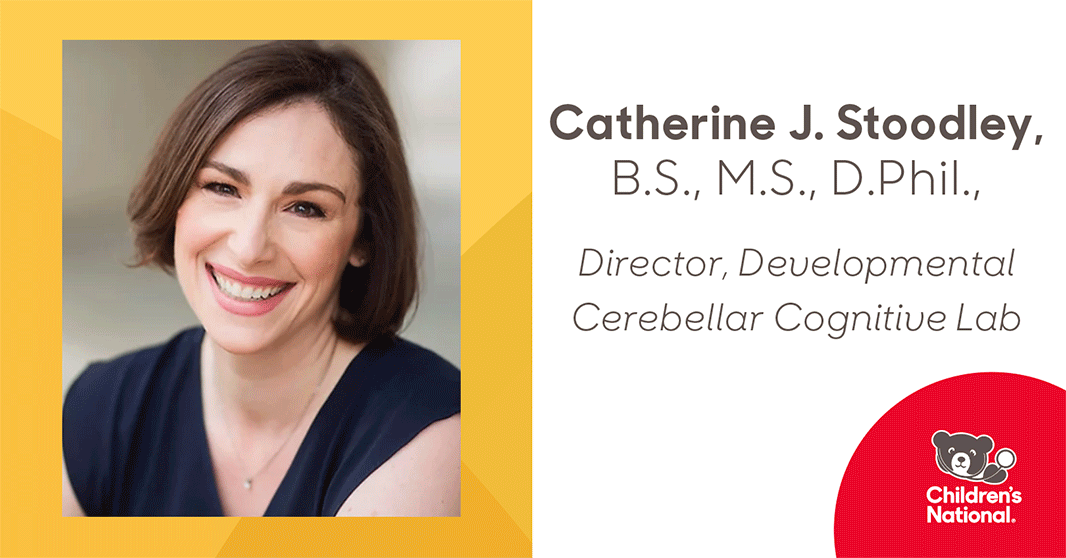
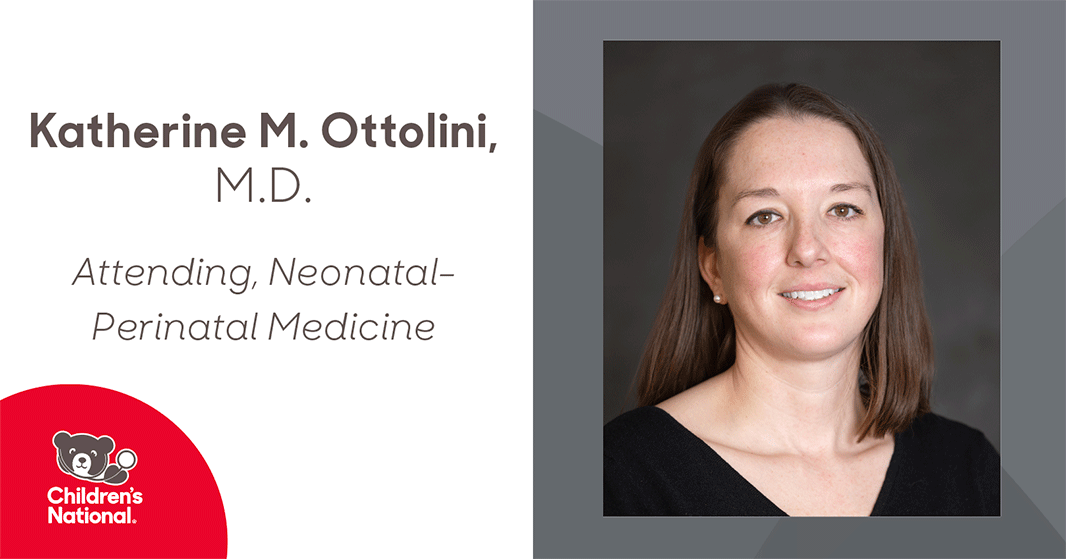
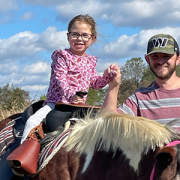
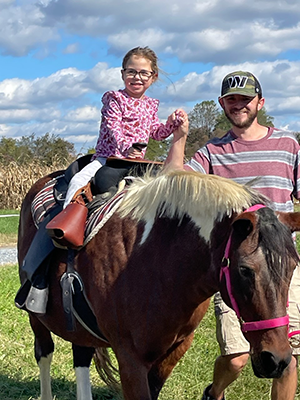



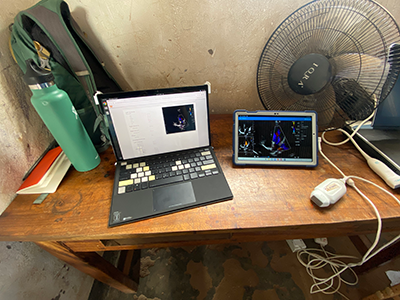

 Advanced MRI visualization techniques to follow blood flow in the hearts of cardiac patients. Gene therapy for pediatric patients with Duchenne muscular dystrophy. 3D-printed casts for treating clubfoot. These were among the most popular articles we published on Innovation District in 2023. Read on for our full list.
Advanced MRI visualization techniques to follow blood flow in the hearts of cardiac patients. Gene therapy for pediatric patients with Duchenne muscular dystrophy. 3D-printed casts for treating clubfoot. These were among the most popular articles we published on Innovation District in 2023. Read on for our full list.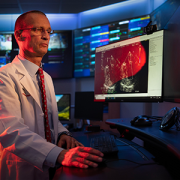
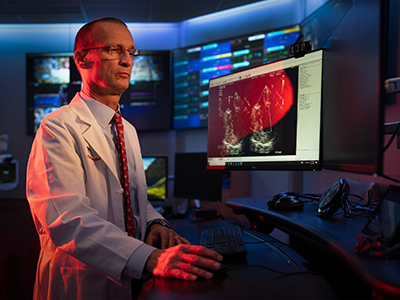
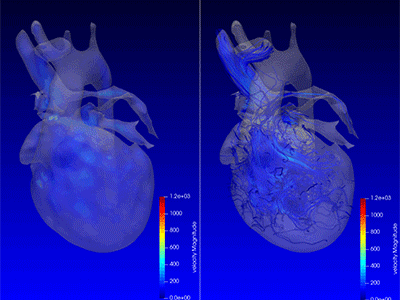


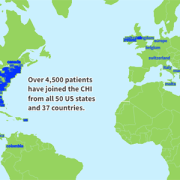
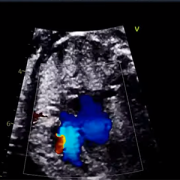

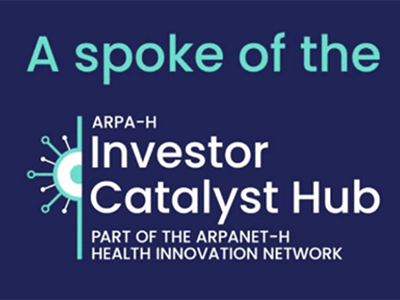 The hospital will advocate for the unique needs of children as part of nationwide network working to accelerate transformative health solutions.
The hospital will advocate for the unique needs of children as part of nationwide network working to accelerate transformative health solutions.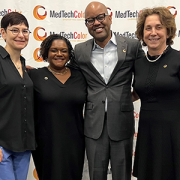
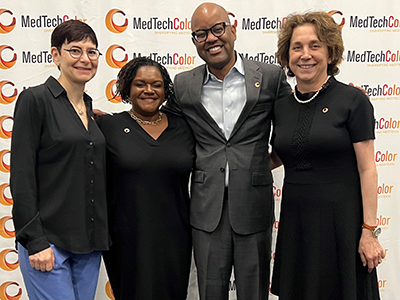 Children’s National Hospital was awarded nearly $7.5 million in a five-year grant to continue its leadership of an FDA-funded pediatric device consortium. Building upon a decade of previous consortium leadership, the new consortium is Alliance for Pediatric Device Innovation (APDI) and features a new and expanded roster of partners that reflects its added focus on providing pediatric innovators with expert support on evidence generation, including the use of real-world evidence (RWE), for pediatric device development.
Children’s National Hospital was awarded nearly $7.5 million in a five-year grant to continue its leadership of an FDA-funded pediatric device consortium. Building upon a decade of previous consortium leadership, the new consortium is Alliance for Pediatric Device Innovation (APDI) and features a new and expanded roster of partners that reflects its added focus on providing pediatric innovators with expert support on evidence generation, including the use of real-world evidence (RWE), for pediatric device development.